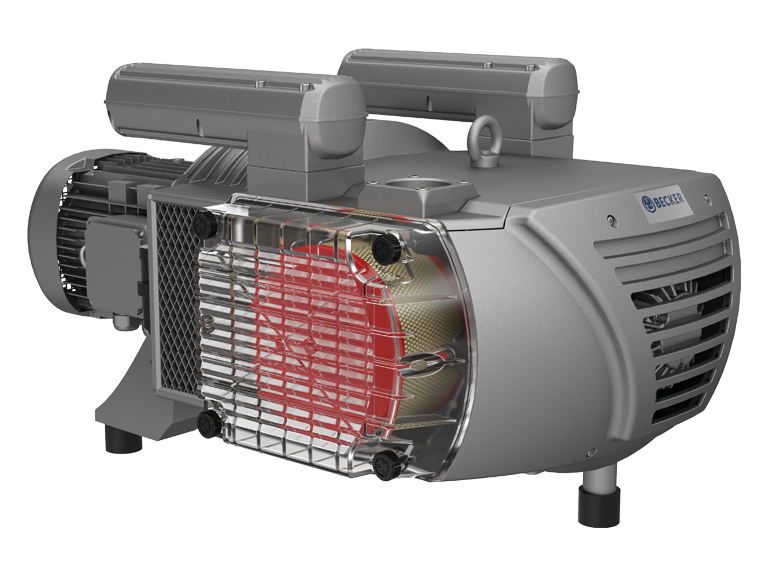Using a vacuum pump with a CNC router can be an effective way to hold parts down during machining operations.
The vacuum is transferred to your work piece through a number of channels all working together. First you have a connection from the actual vacuum pump to the machine table. Depending on how many zones your machine has this can be divided into individual vacuum zone subsets or it may go into a single artery and the off that go to the zones.
The setup of your machine table is key to consistent vacuum. Your table should have a checkerboard or similar pattern that allows the vacuum to seamlessly flow underneath your spoilboard. The goal here is to have as consistent of a vacuum bed as you can.
One advantage of using a vacuum pump with a CNC router is that it can provide a very secure hold on the workpiece, which can be especially useful for machining operations that generate a lot of vibration or movement. Additionally, using a vacuum pump can help to eliminate the need for clamping or other mechanical methods of holding the workpiece in place, which can be time-consuming and may also damage the workpiece.
The production increase in vacuum hold down versus clamping becomes huge when working primarily with sheets goods such as plywood, mdf, acrylic, aluminum and other common full size sheets. The speed at which an operator can take off a sheet and place the next one down versus setting up a clamp easily saves you minutes on every single sheet.
Vacuum is also be an effective way to hold down small parts during machining operations on a CNC router. In fact, using a vacuum pump can be particularly advantageous for holding small parts in place because it provides a secure hold without the need for mechanical clamping, which can be difficult to apply to small parts without damaging them.
To hold small parts in place with vacuum on a CNC router, you can use a vacuum box or plenum that is sized to fit the area of the bed where the small parts will be machined. The vacuum box should have a number of small holes or slits cut into it to allow the vacuum to be applied to the surface of the workpiece. The vacuum pump is then connected to the vacuum box or plenum, and the vacuum is applied to hold the small parts in place while they are being machined. Gasketing can be applied to your spoilboard to create a “groove” for the part to sit on in an effort to minimize the vacuum lost as you start to cut through your material.
It is important to make sure that the vacuum box or plenum is properly sealed around the edges of the small parts to ensure that a strong enough vacuum can be created to hold them in place. It may also be necessary to use a vacuum bleed valve or other control mechanism to fine-tune the vacuum level for different types of small parts.

